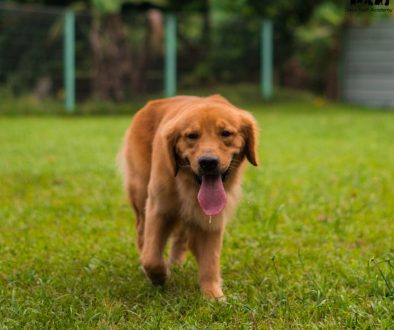Understanding the Ian Dunbar Bite Scale
When dogs first enter our aggression rehab program, they undergo a thorough observation and assessment. Based on this assessment, we develop a structured rehabilitation plan tailored to each dog. At DTA, we use the Ian Dunbar Bite Scale to evaluate bite severity and potential risk. This allows us to make informed decisions in aggression cases, identify which dogs need more structured intervention, which safety protocols to put in place, and how to train both dogs and owners for long-term safety and behavior management. By using a standardized system, we can set realistic expectations for rehabilitation and clearly communicate risks to owners.
What is the Ian Dunbar Bite Scale?
Developed by veterinarian and dog behavior expert Dr. Ian Dunbar, his bite scale is widely used in professional dog training and behavioral assessment to categorize bite severity and guide training strategies, helping trainers determine:
- The level of aggression
- The likelihood of successful rehabilitation
- The safest approach for both the dog and humans involved
Overview of the Dunbar Bite Scale:
- Level 1 – No Contact/ Air Snaps: The dog may snap or show teeth but doesn’t touch skin. Think of it as a warning bite. No pain, no injury, but a signal the dog is uncomfortable.
Rehabilitation Success: High. Most dogs at this level respond very well to basic training.
- Level 2 – Skin Contact, No Puncture: The dog touches the skin with its teeth but doesn’t break it. Slight discomfort, no bleeding. Often seen during play or when startled.
Rehabilitation Success: High. With proper training and consistency, most dogs improve quickly.
- Level 3 – Single Bite, Small Puncture: The dog bites once and breaks the skin slightly. May bleed a little.
Rehabilitation Success: Medium. Professional guidance is usually required to teach safe coping behaviors.
- Level 4 – Multiple Bites, Moderate Injury: The dog bites several times, causing puncture wounds.
Rehabilitation Success: Medium. Requires structured, ongoing training and careful management.
- Level 5 – Severe Bites, Tissue Damage: The dog’s bites cause serious injury, deep punctures, or tearing of the skin. Dangerous and requires professional intervention.
Rehabilitation Success: Low. Intensive rehabilitation is possible but requires strict safety measures and commitment.
- Level 6 – Attack Causes Serious Injury: The dog attacks with intent to harm, causing major injury or potentially life-threatening bites.
Rehabilitation Success: Very Low. Extremely high-risk cases may require specialized behaviorists, long-term management, or rehoming under strict safety conditions.
Why It Matters:
- Helps owners understand the risk of aggression.
- Provides a clear framework for evaluating bite risk.
- Shows the importance of early intervention before bites escalate.
- Educates the public that not all bites are equal even small bites need attention!
Fun Fact: Even playful puppy nips can be assessed on the scale! Teaching bite inhibition early is crucial to keeping both your dog and those around them safe.

